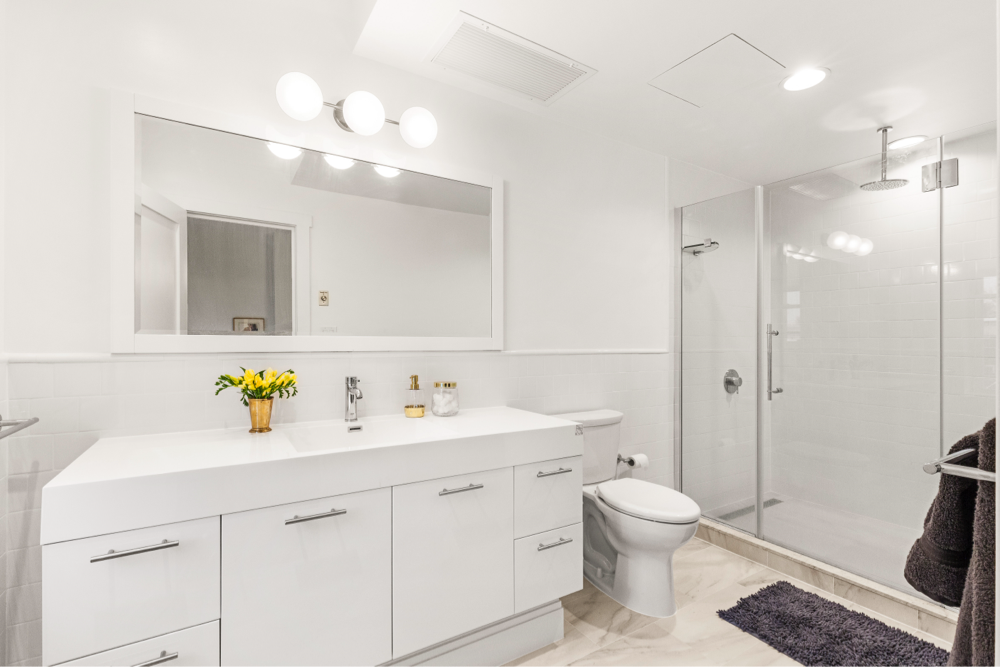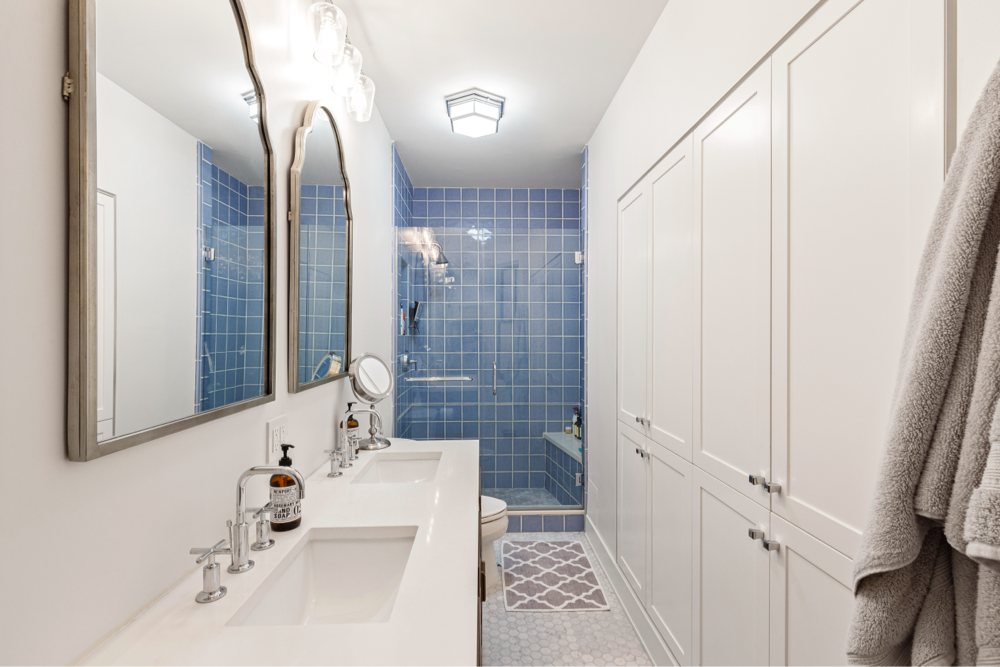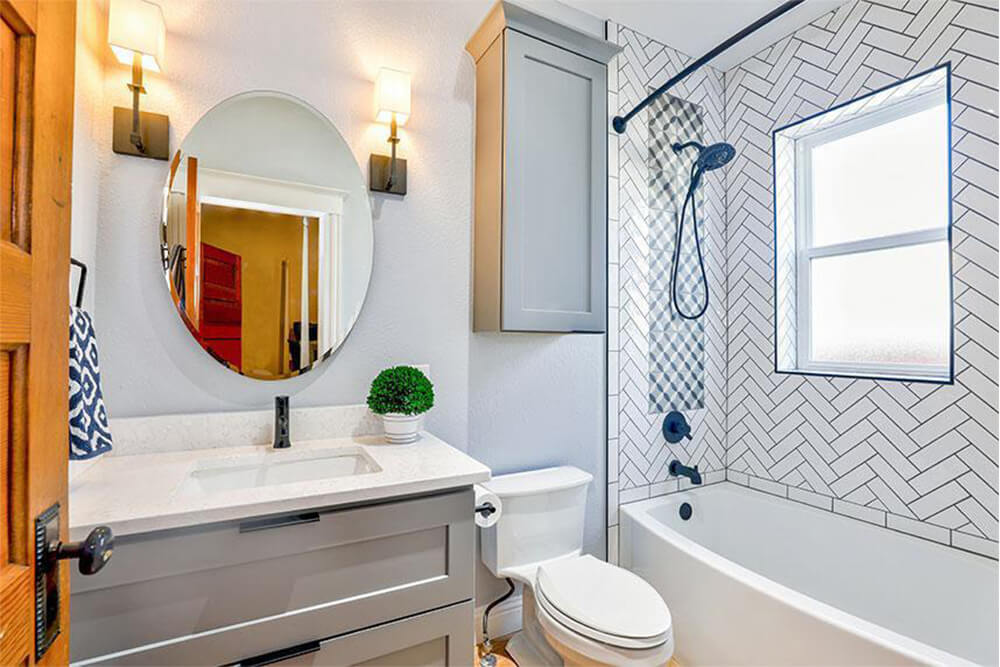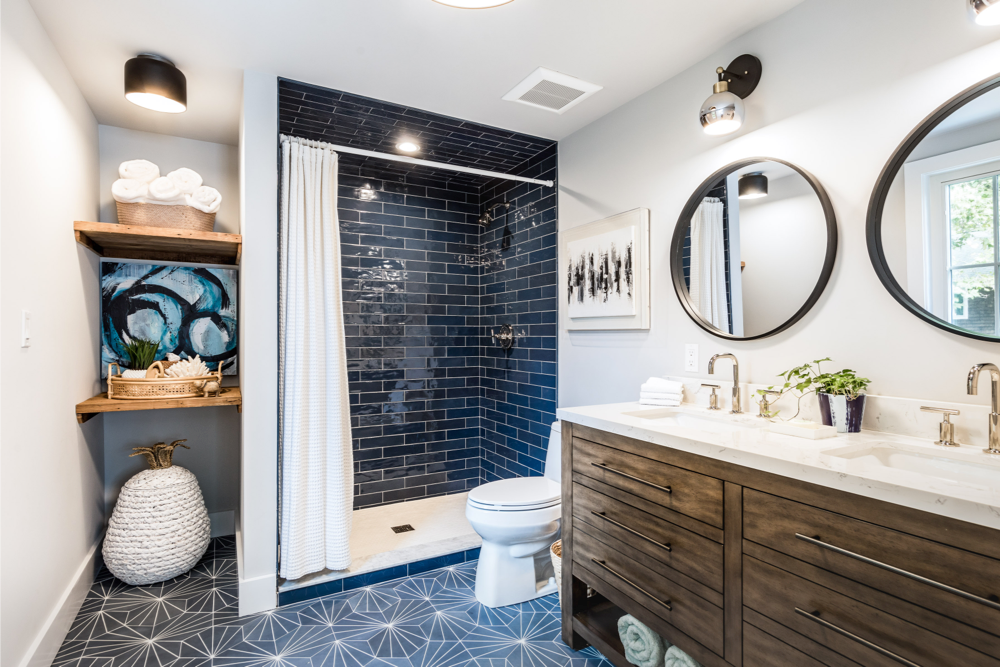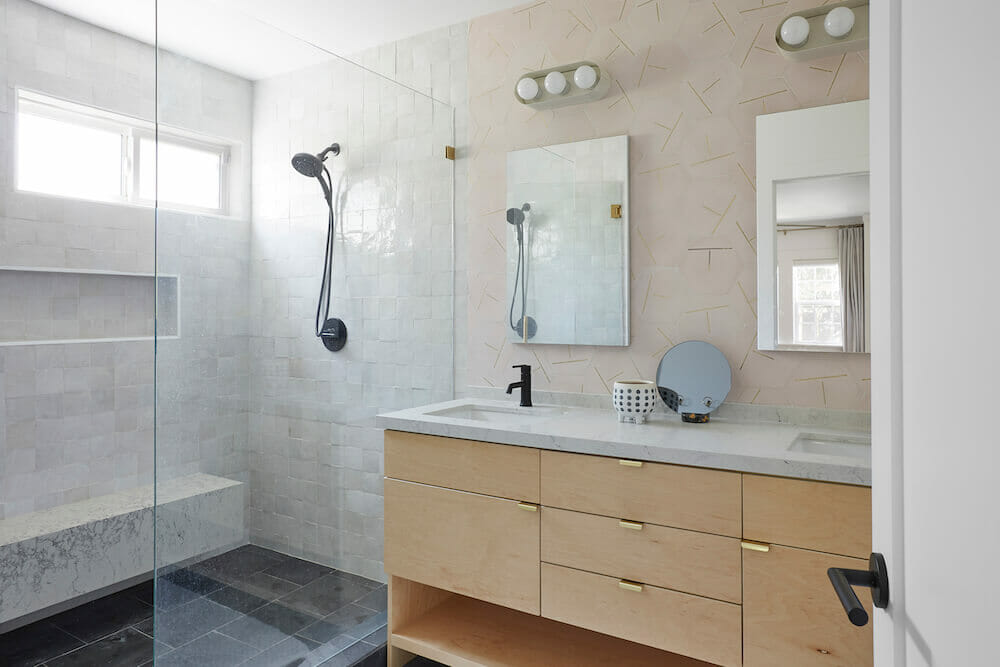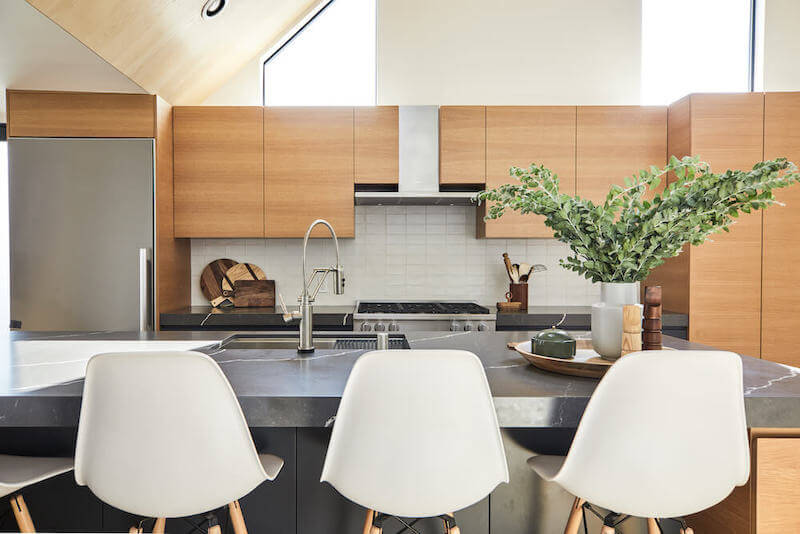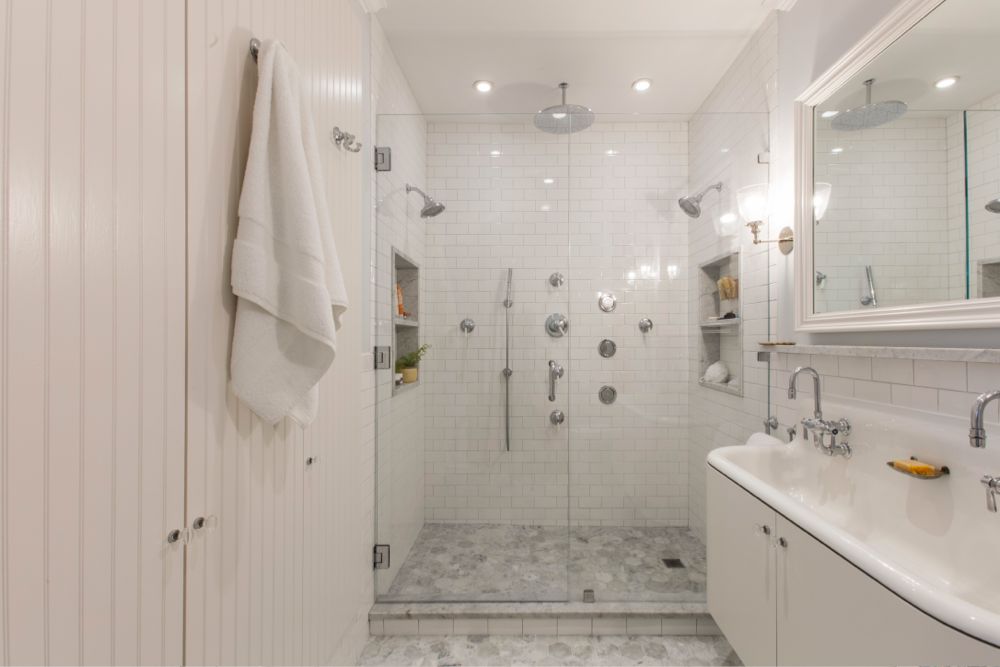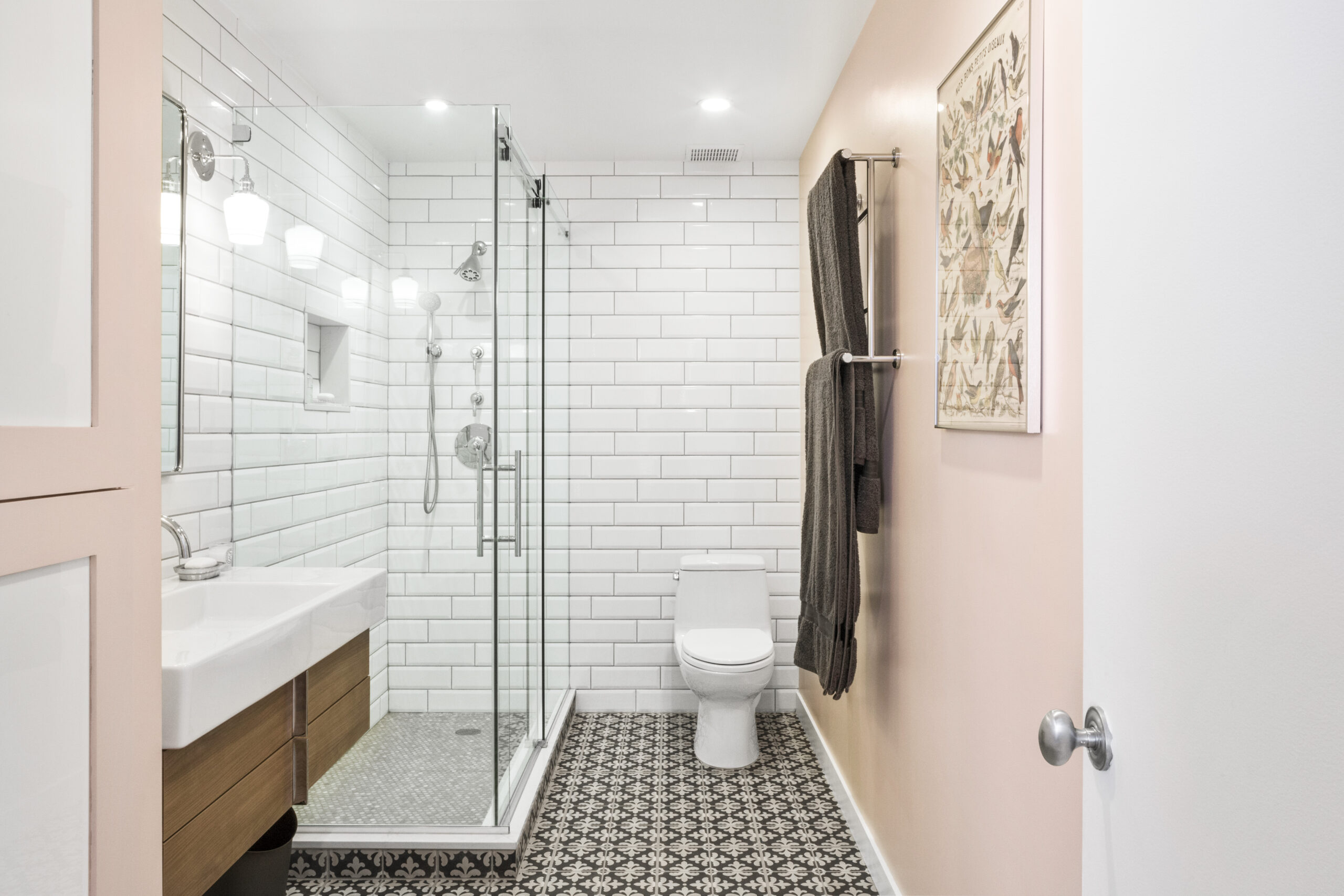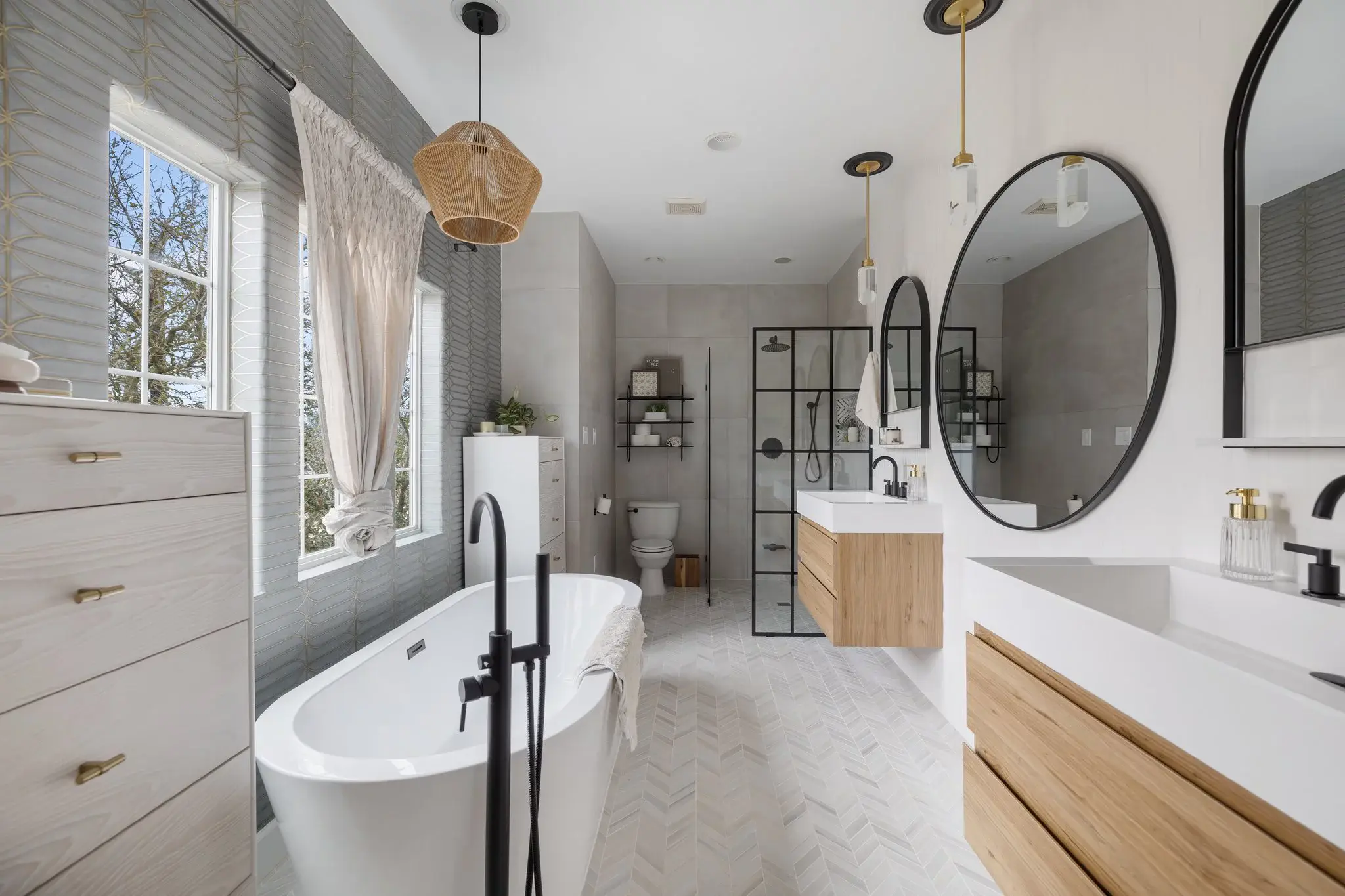Choosing the Right Paint and Finish for Your Bathroom
A fresh coat of paint can transform your bathroom. But with countless color and finish options, choosing the right one can be overwhelming. The key to a successful bathroom makeover lies in selecting paint that not only looks stunning but also withstands the daily onslaught of moisture and humidity. In this guide, we’ll explore bathroom paint, exploring the best finishes, colors, and tips to create a space that’s both stylish and functional.
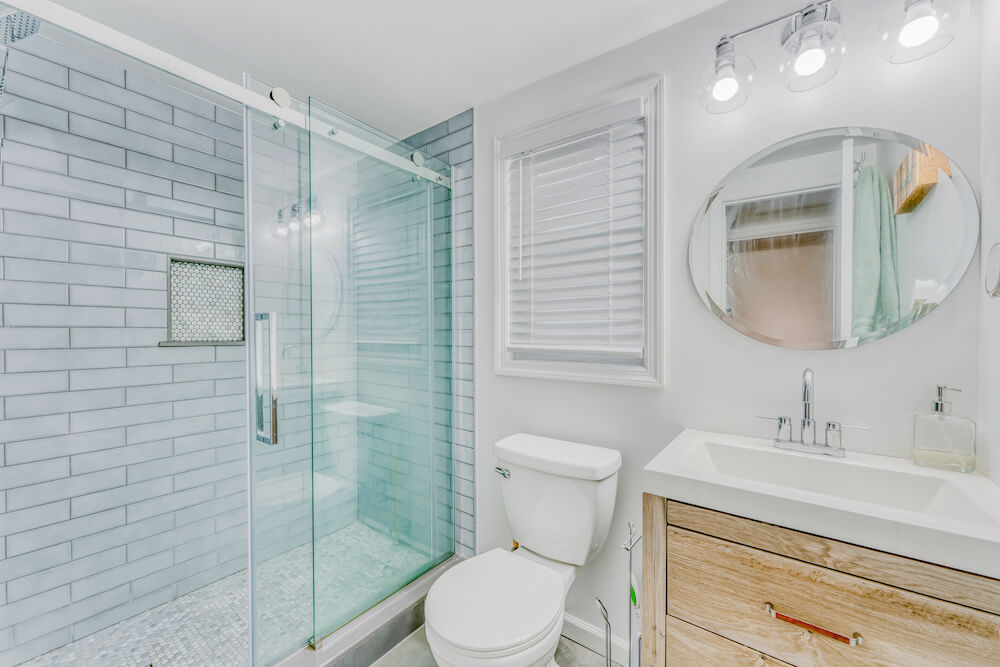
Understanding Bathroom Paint Finishes
Matte Finish
Pros: Hides imperfections, low-sheen, easy to touch up, ideal for creating a soft, calming atmosphere.
Cons: More prone to stains and harder to clean, not recommended for high-traffic areas or rooms with high humidity.
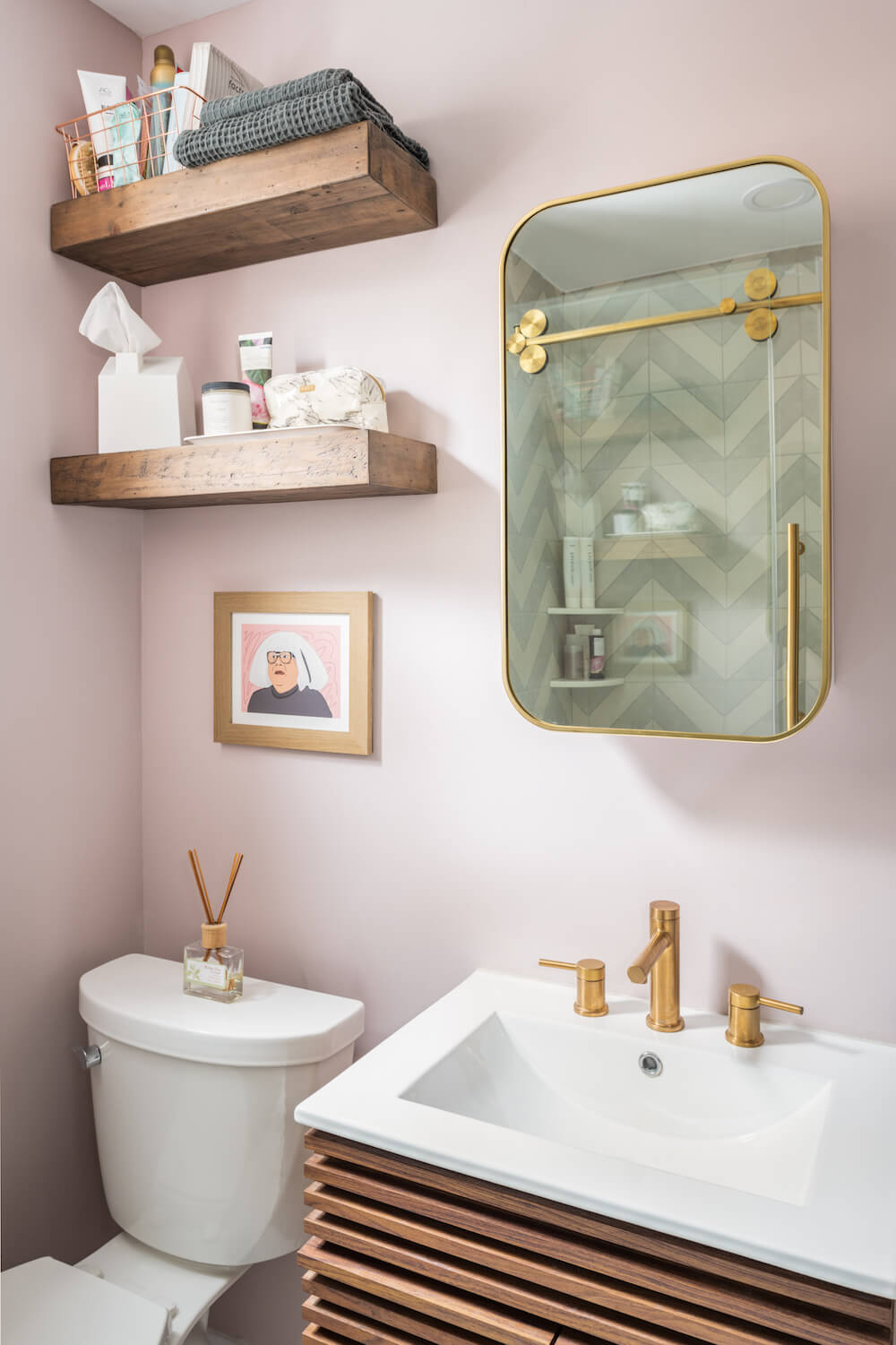
Satin Finish
Pros: Slightly glossy, durable, easy to clean, resists moisture well, a good balance of durability and aesthetics.
Cons: May show minor imperfections, not as forgiving as matte finishes.
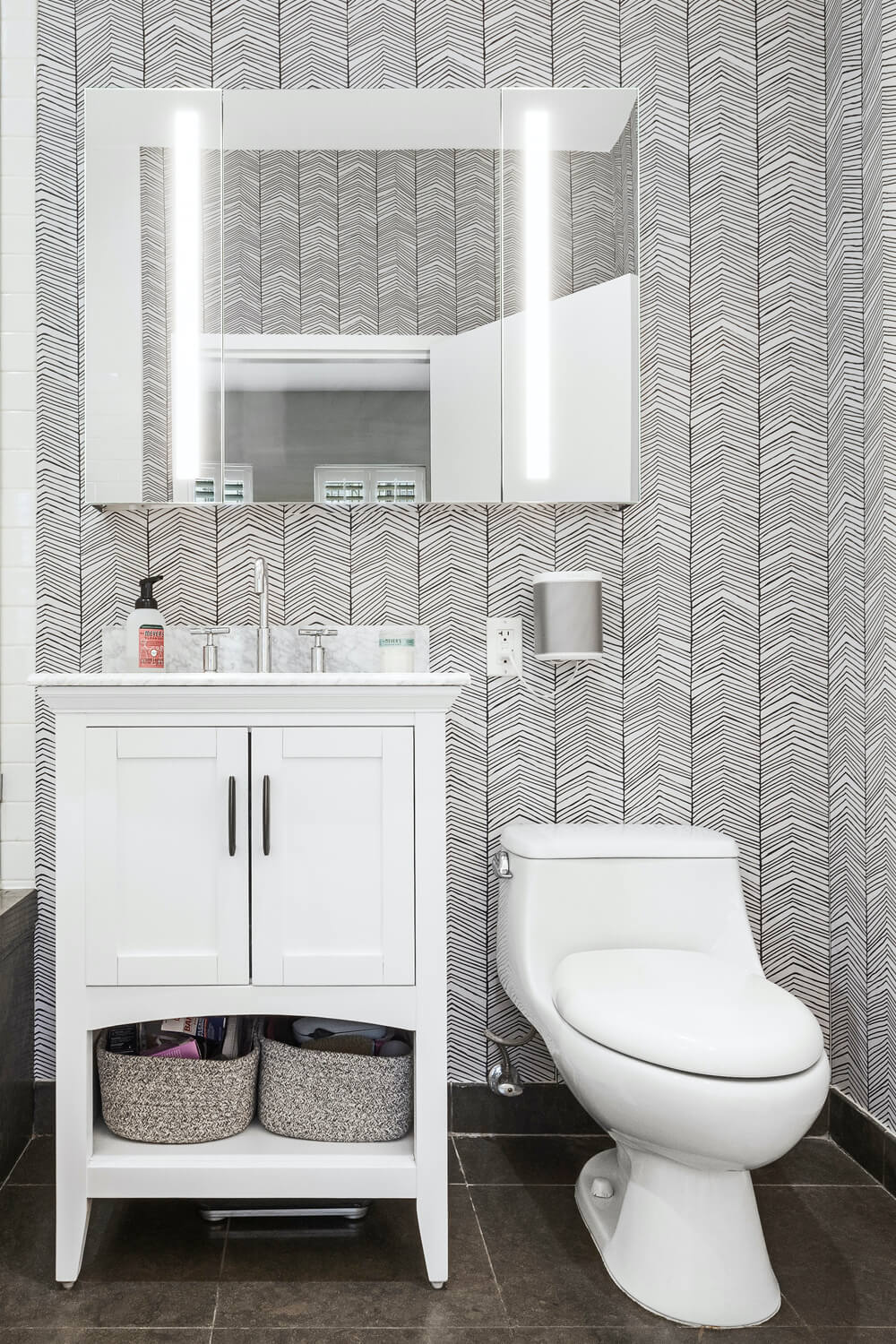
Semi-Gloss Finish
Pros: Durable, easy to clean, resists moisture and mildew, ideal for high-traffic areas and trim, enhances the appearance of architectural details.
Cons: May highlight surface imperfections, can be more difficult to touch up.
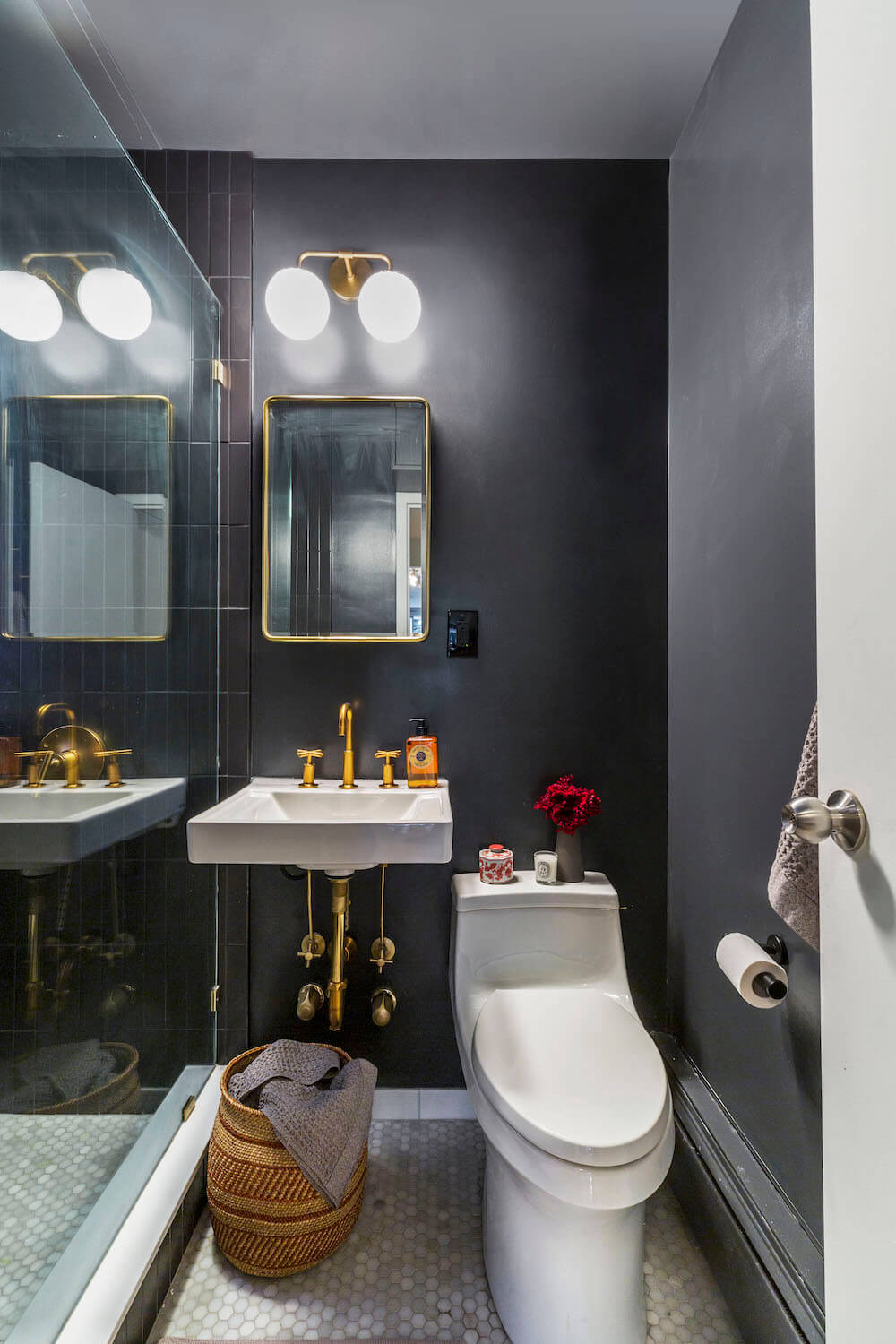
Gloss Finish
Pros: Very durable, highly reflective, easy to clean, resists moisture and mildew, ideal for high-traffic areas and trim, creates a dramatic, high-gloss look.
Cons: Can highlight imperfections, may appear too shiny for some, can be more difficult to touch up.
Choosing the Right Paint Color
Color psychology: How colors can influence our emotions, behaviors, and perceptions. When designing your bathroom, consider the specific mood you want to create. By understanding the psychology of color, you can choose colors that will not only look beautiful but also promote relaxation, energy, or creativity. Sweeten brings homeowners an exceptional renovation experience by personally matching trusted general contractors to your project, while offering expert guidance and support—at no cost to you. Renovate expertly with Sweeten
Blue: Often associated with calmness and relaxation, blue can create a spa-like atmosphere in your bathroom. Consider shades of light blue for a soothing effect or darker blues for a more dramatic look. Blue can also be used to create a sense of spaciousness in a small bathroom.
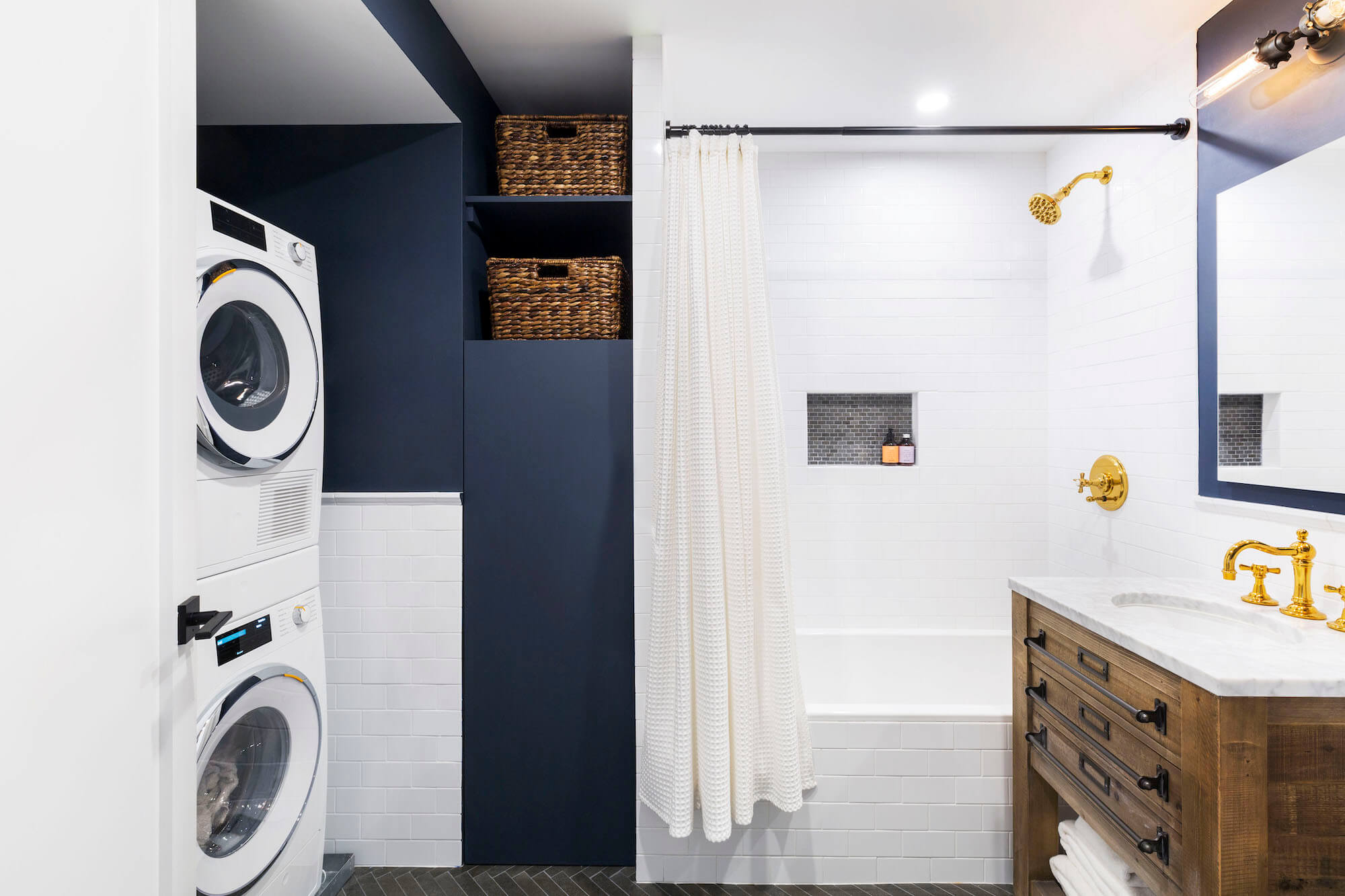
Green: Symbolizing nature and growth, green can promote a sense of tranquility and harmony. Soft greens can create a serene atmosphere, while bolder greens can add energy and vibrancy. Green can also be used to create a connection to the outdoors, especially in bathrooms with natural light.
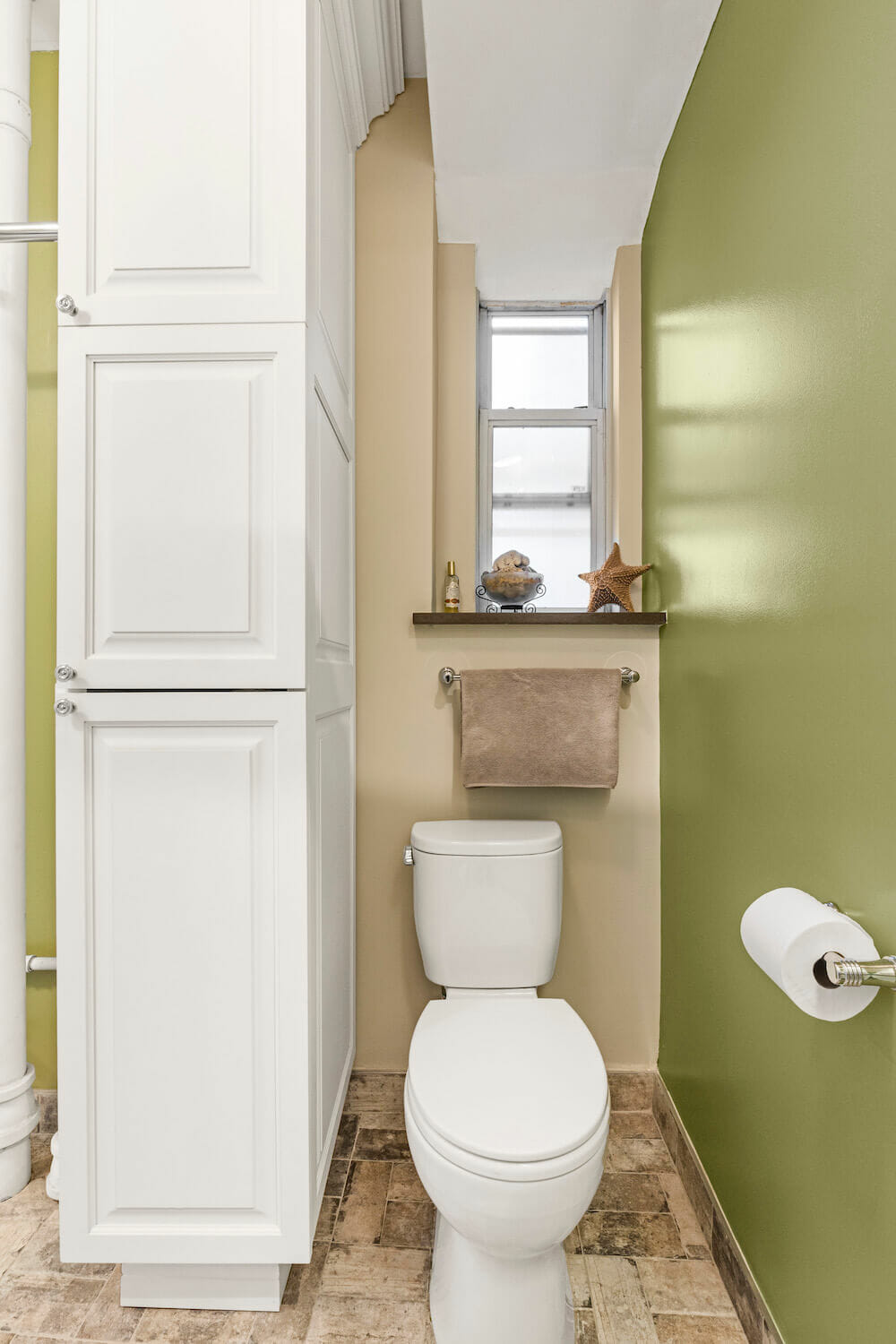
Purple: Associated with creativity and spirituality, purple can create a luxurious and sophisticated feel. Lighter shades of purple can be calming, while darker shades can be dramatic. Purple can also be used to add a touch of elegance to a bathroom.
Warm Colors
Red: Stimulating and energizing, red can add a touch of excitement to your bathroom. However, use it sparingly, as too much red can be overwhelming. Consider using red as an accent color or in small doses, such as on a rug or towel. Red can also be used to create a sense of warmth and comfort in a cold bathroom.
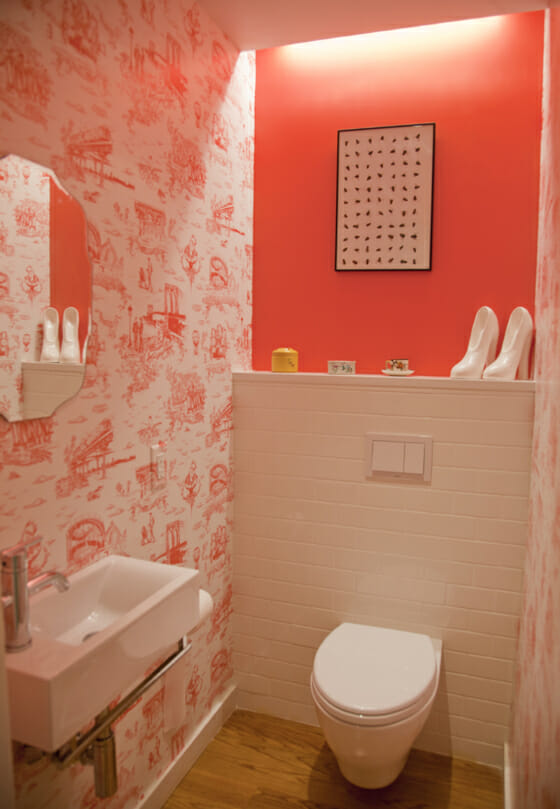
Orange: A cheerful and uplifting color, orange can create a warm and inviting atmosphere. It can be used to add a pop of color to a neutral bathroom or to create a vibrant and energetic space. Orange can also be used to stimulate appetite, making it a good choice for a bathroom that is also used as a breakfast nook.
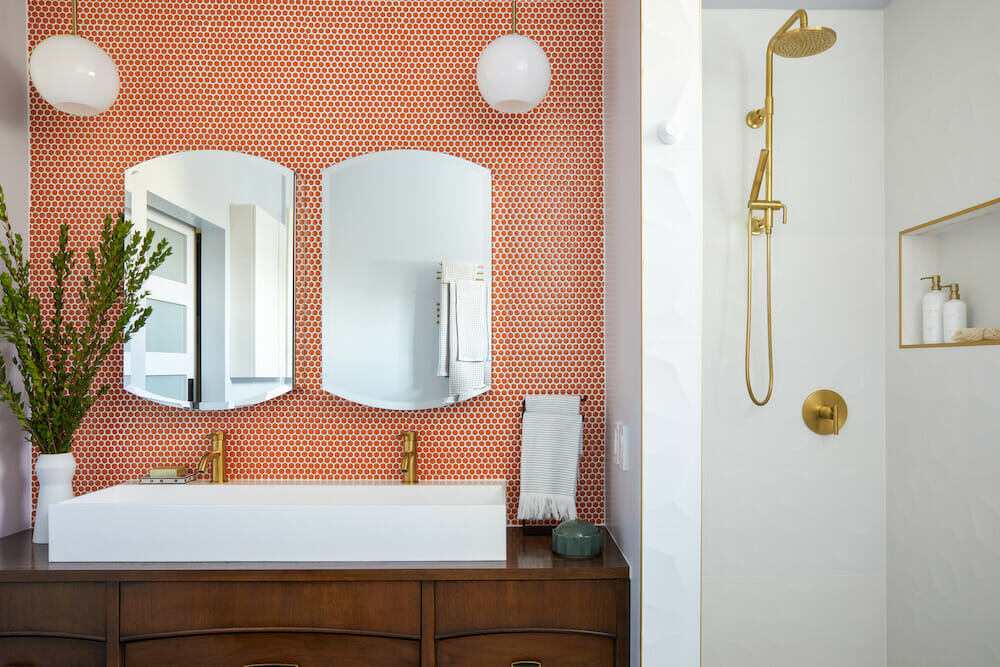
Yellow: A bright and sunny color, yellow can evoke feelings of happiness and optimism. It can be used to create a cheerful and energetic bathroom. However, use it in moderation, as too much yellow can be overwhelming. Yellow can also be used to brighten up a dark bathroom.
Neutral Colors:
White: A classic and versatile color, white can be used to create a clean and fresh look. It can also be used to brighten up a small or dark bathroom. White can be paired with any color or style, making it a popular choice for bathrooms.
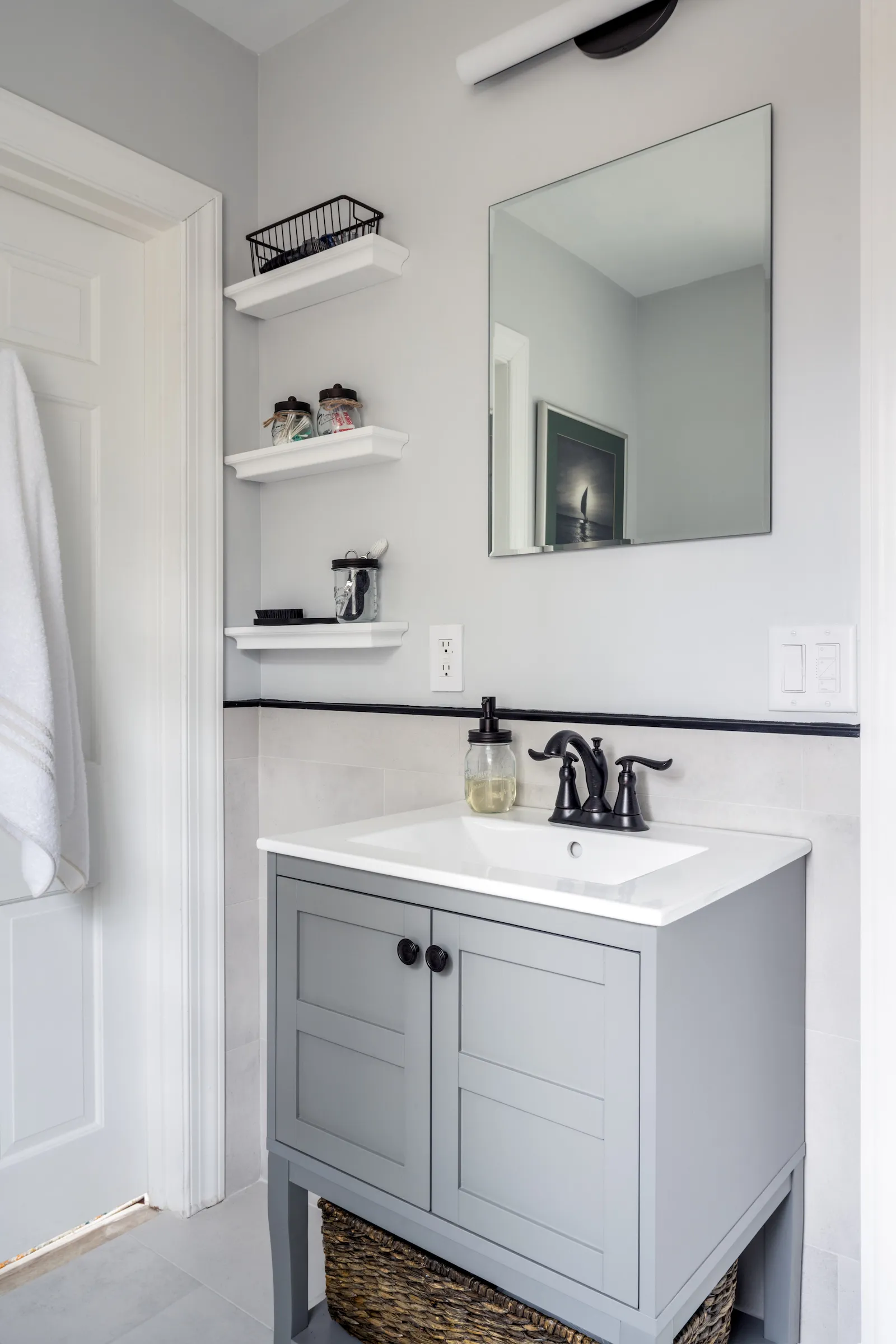
Beige: A warm and inviting color, beige can create a cozy and comfortable atmosphere. It can be paired with other neutral colors or with pops of color for a more dynamic look. Beige can also be used to create a timeless and elegant look.
Gray: A sophisticated and modern color, gray can be used to create a sleek and stylish bathroom. It can be paired with other neutral colors or with bright colors for a more dramatic look. Gray can also be used to create a calming and serene atmosphere.
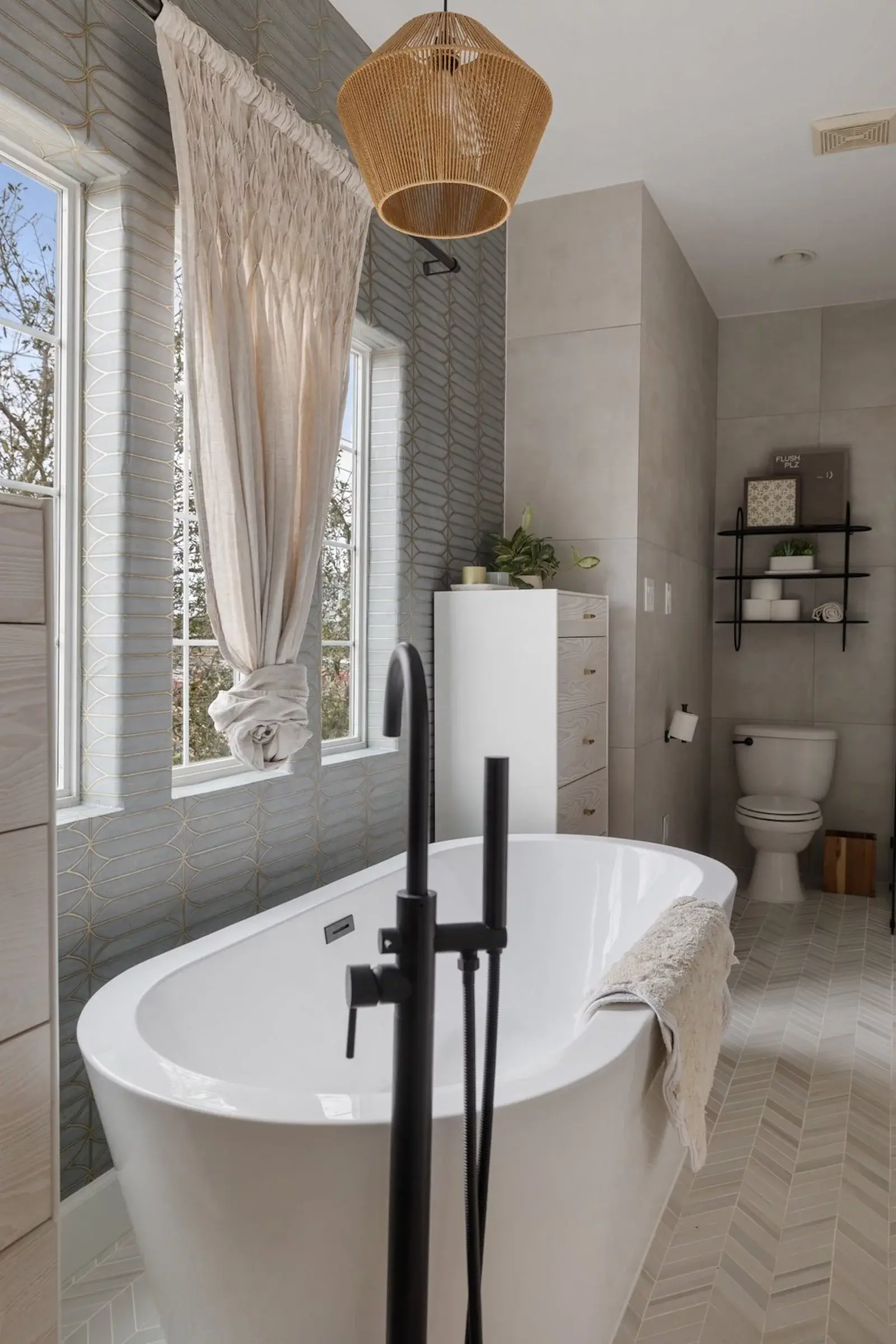
Additional Considerations
- Personal Preferences: Ultimately, the best color for your bathroom is the one that you love. Choose colors that reflect your personal style and make you feel happy and relaxed.
- Lighting: The lighting in your bathroom can affect how colors appear. Test paint colors in different lighting conditions to see how they look.
- Size and Layout of Your Bathroom: Consider the size and layout of your bathroom when choosing colors. Lighter colors can make a small bathroom feel larger, while darker colors can make a large bathroom feel more intimate.
By understanding the psychology of color, you can choose colors that will create the desired mood and atmosphere in your bathroom.
- Color Trends: Explore current popular bathroom color palettes.
- Classic White: A timeless choice that can be paired with any color or style.
- Soft Neutrals: Beige, gray, and taupe are popular choices for creating a calm and serene space.
- Bold Colors: Bright blues, greens, and yellows can add personality and style to your bathroom.
- Earthy Tones: Browns, greens, and terracottas can create a natural and organic feel.
- Color Coordination: Tips for selecting complementary colors for walls, trim, and cabinets.
- Use a color wheel: A color wheel can help you choose complementary colors that will look good together.
- Start with a neutral base: Neutral colors can be paired with almost any accent color.
- Use a 60-30-10 rule: This rule states that 60% of your space should be a dominant color, 30% should be a secondary color, and 10% should be an accent color.
- Consider the lighting: The lighting in your bathroom can affect how colors appear. Test paint colors in different lighting conditions to see how they look.
Additional Tips for Using Color in Your Bathroom:
- Consider the size of your bathroom: Lighter colors can make a small bathroom feel larger, while darker colors can make a large bathroom feel more intimate.
- Pay attention to natural light: If your bathroom has plenty of natural light, you can use a wider range of colors. However, if your bathroom is dark, it’s best to stick to lighter colors.
- Use color to create a focal point: A bold accent color can be used to draw attention to a specific feature, such as a vanity or a bathtub.
- Don’t be afraid to experiment: There are no hard and fast rules when it comes to color psychology. Experiment with different colors and see what works best for you.
Remember, the key to a successful bathroom makeover lies in selecting the right elements that resonate with your personal style and desired ambiance. So, dive into the world of paint and color, and let your creativity flow!
Ready to start your renovation journey?
Post your project on Sweeten for free and make your dream bathroom a reality. Sweeten puts you in control of your renovation, from finding the perfect contractor and gathering design inspiration, to using cost guides to plan your budget wisely.
